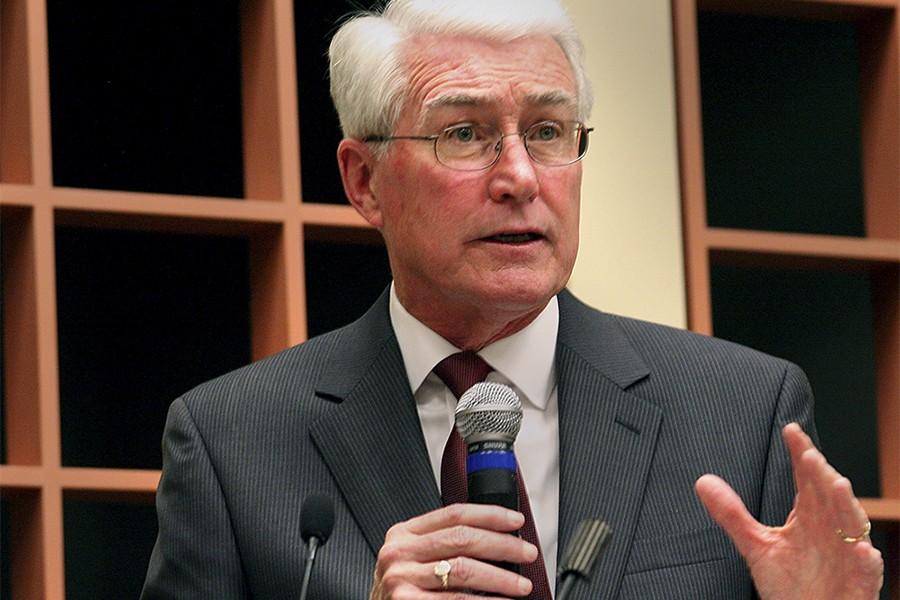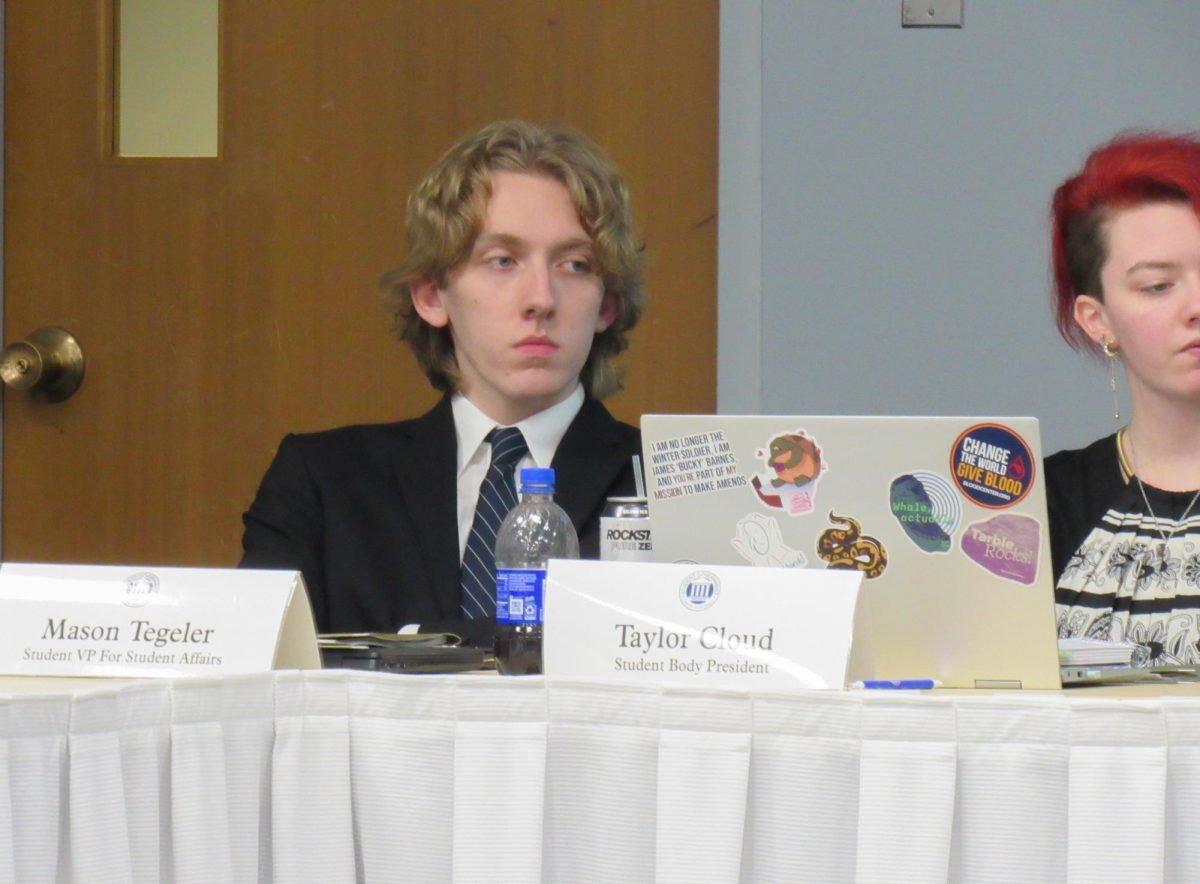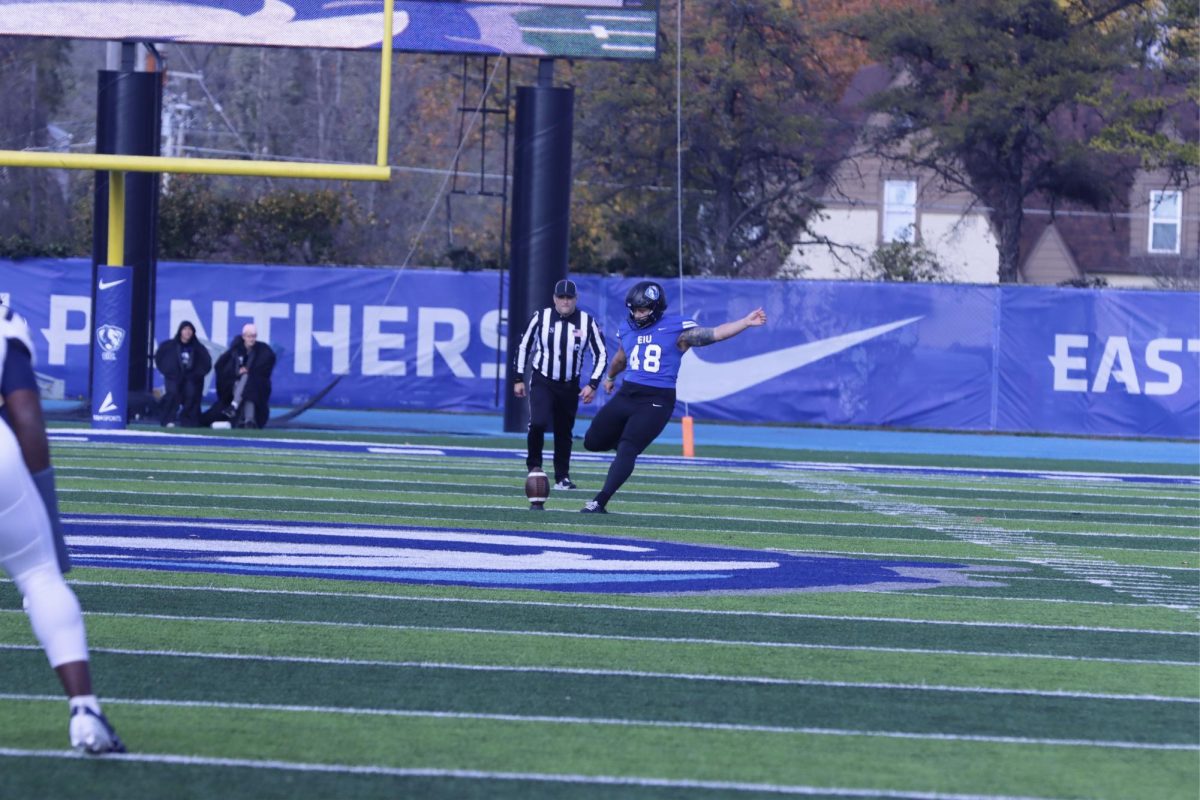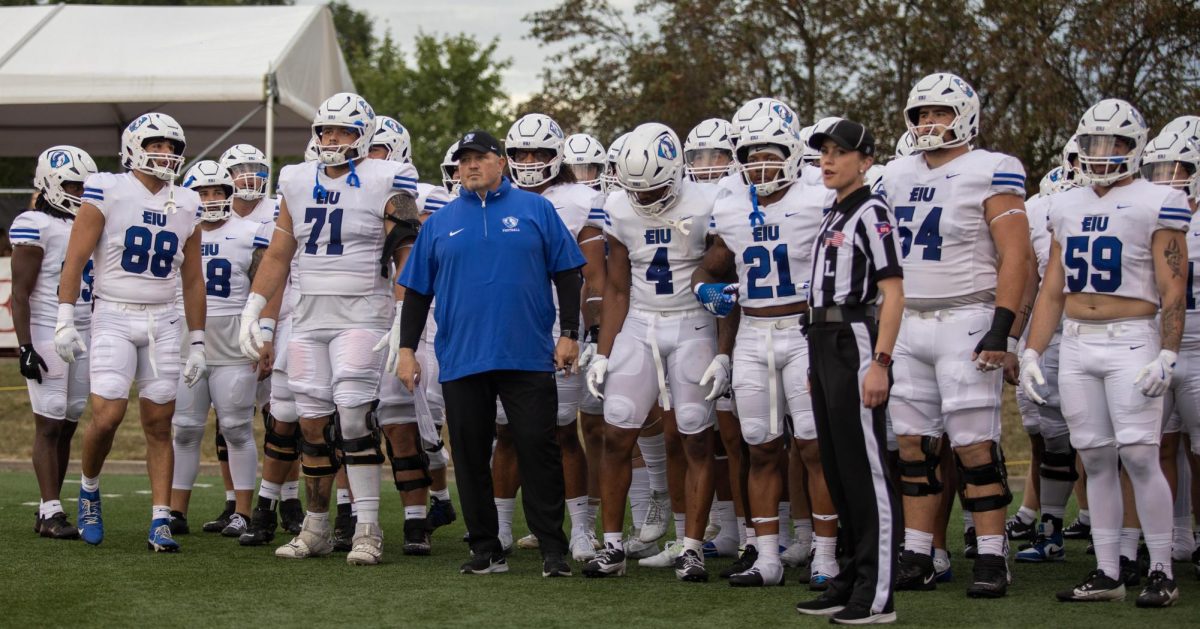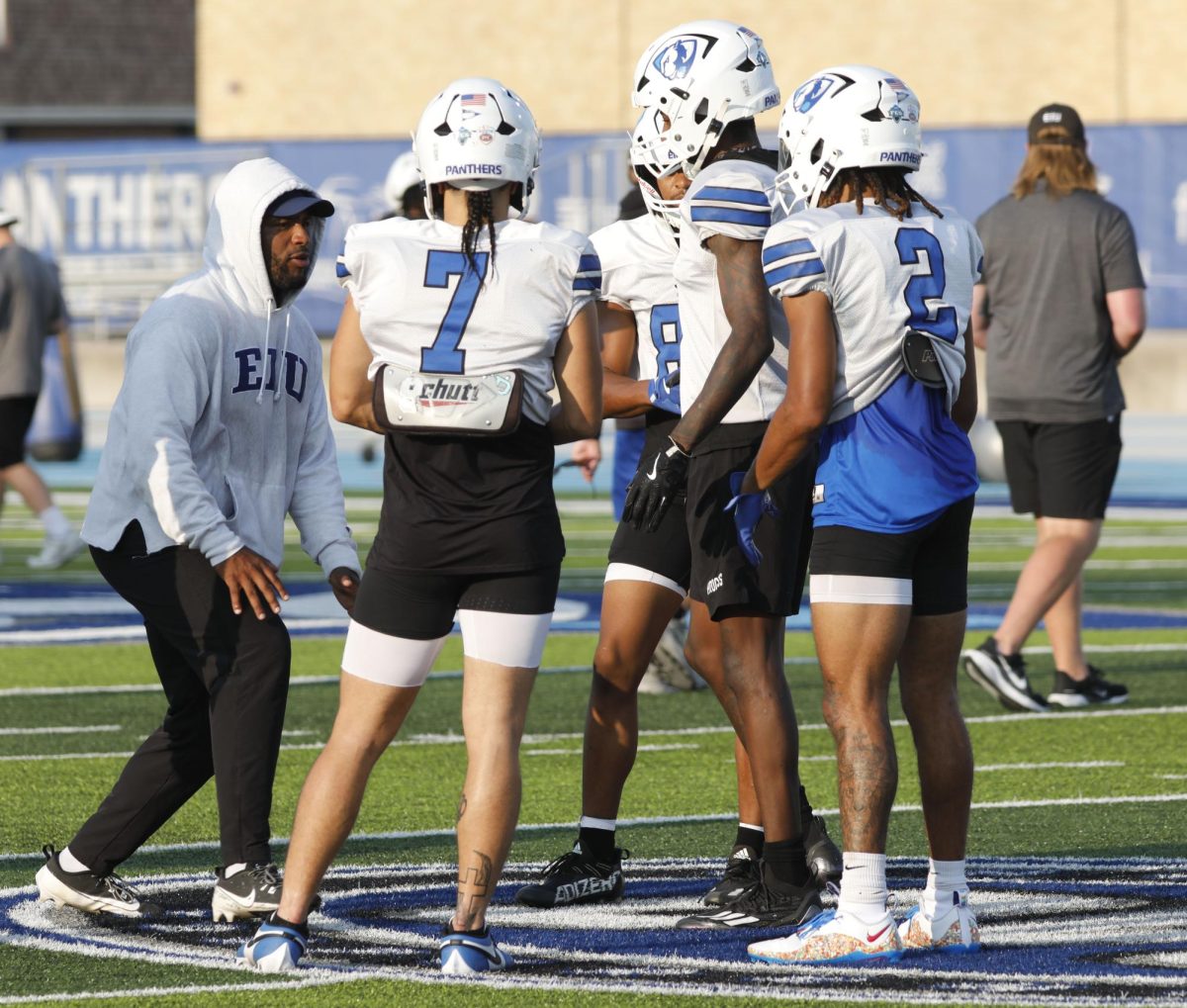Steve Irwin educated people, leave him be
March 7, 2019
The People for the Ethical Treatment of Animals (PETA) criticized Steve Irwin on his birthday, Feb. 22. He would’ve been 57 if he was still alive today.
PETA tweeted in response to Google Doodle’s tribute to Irwin’s legacy, saying that his work should not be celebrated.
“#SteveIrwin was killed while harassing a ray; he dangled his baby while feeding a crocodile and wrestled wild animals who were minding their own business. Today’s #GoogleDoodle sends a dangerous, fawning message. Wild animals are entitled to be left alone in their natural habitats,” PETA said in a tweet.
Since PETA tweeted this, the internet has fired back.
Among critical tweets from users is a frequently made argument: How can PETA say Irwin’s work should be condemned while its kill rates at shelters is so high?
According to a 2015 article by the Washington Post, the PETA animal shelter in Virginia euthanized more than 80 percent of its animals in 2014, “a rate so shockingly high that Virginia lawmakers passed a bill in February—nearly unanimously—to define a private animal shelter as a place where the primary mission is to find permanent homes for animals in this life, not send them on to the next.”
In other words, in 2014, PETA’s shelter took in 3,017 animals. It euthanized 2,455 of them; that’s an 81 percent kill rate, according to the Washington Post.
In 2018, out of the 2,500 animals at PETA’s Virginia shelters, it euthanized 1,798 of them, according to its website. That’s a 72 percent kill rate for last year. These animals were “feral, sick, suffering, dying, aggressive and otherwise unadoptable,” according to PETA’s website.
PETA defends its unusually high mercy killing rate, saying “What we see on a daily basis is enough to make you lose faith in humanity … The majority of adoptable dogs are never brought through our doors—we refer them to local adoption groups and walk-in animal shelters. Most of the animals we house, rescue, find homes for or put out of their misery come from abysmal conditions, which often lead to successful prosecution and the banning of animal abusers from ever owning or abusing animals again.”
I have an important question for PETA: What does it mean by “aggressive” and “otherwise unadoptable” when they refer to the animals they mercy kill?
I just want them to be more specific when they use these words.
Just because an animal is “aggressive” doesn’t mean PETA should euthanize it immediately. These animals can still be trained, and I’m sure part of the reason why they’re initially aggressive is because of the abuse humans have put them through. And “otherwise unadoptable”? Well, I just have no idea what that means. When an organization’s kill rate is so high, I want to know specifically why—I don’t want to hear wishy washy words like “otherwise unadoptable.”
So where does Irwin come in?
Well, Irwin was an animal conservationist. He educated millions of people on exotic animals, and many of us grew up watching him.
Yes, he did invade these exotic animals’ territories, but did he harm the animals? No. He frightened them at best, and sometimes these animals would literally bite back.
Even still, Irwin was always honest with his audience. If he got injured by an animal, he said it wasn’t the animal’s fault—it was his for not being more alert.
I guess in a nutshell, if you’re going to disregard a wildly influential man’s legacy, have better reasons for doing so.
PETA, according to its tweets, doesn’t agree with Irwin’s legacy because he took animals out of their environments momentarily.
Instead of dragging a dead animal conservationist’s name through the mud, think about all the good he really did for the world and for animals.
He educated the world so that it would love animals, not kill them. I would think PETA would be happy about that, considering its mission, but I guess it’s not.
Logan Raschke is a junior journalism major. She can be reached at 581-2812 or at lrraschke@eiu.edu.



